#denbighshire
Photo
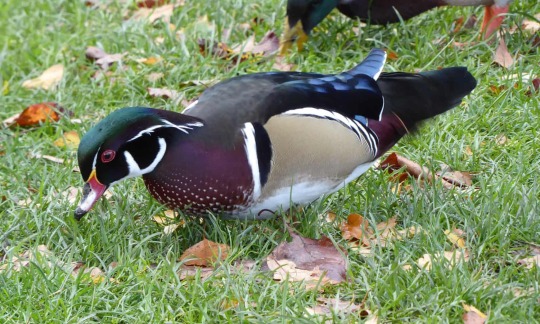
Sweet Carolina
‘This beautifully coloured wood duck, also known as the Carolina duck, was happily feeding with the local ducks by the lake at Cae Ddol Park in Ruthin, Denbighshire. It made my day.’
Photograph: Helen Evans
#helen evans#photographer#carolina duck#duck#cae ddol park#ruthin#denbighshire#nature#bird photography
18 notes
·
View notes
Text
Llangollen. Zorki 4. Ilford Ortho Plus.
I could not resist taking my Zorki 4 when i went for a trip to Langollen with a friends a few months ago. I could go back with any number of cameras and be inspired. It is a truly beautiful part of the world.
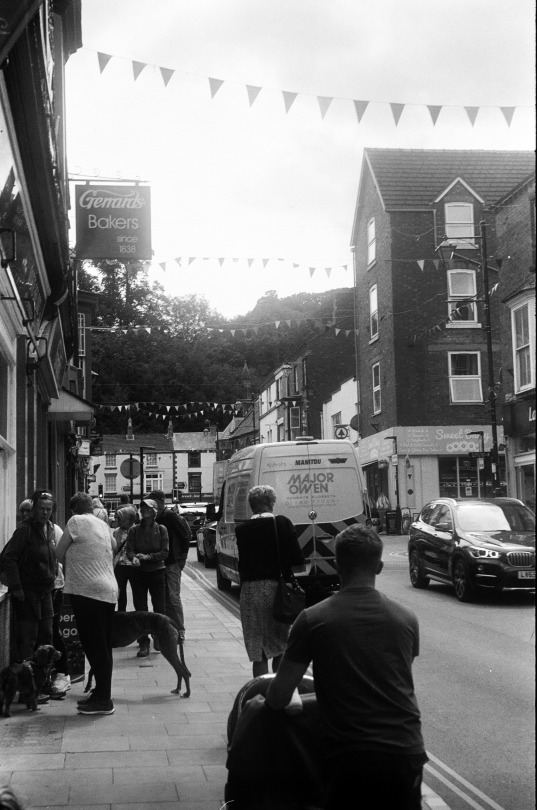
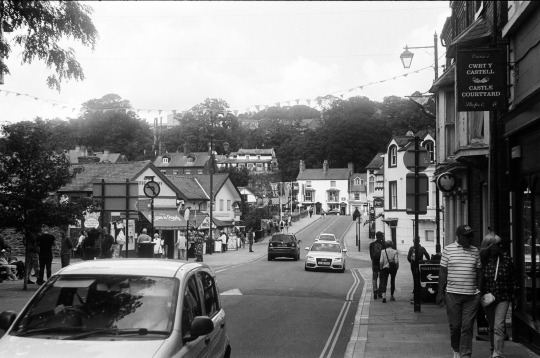
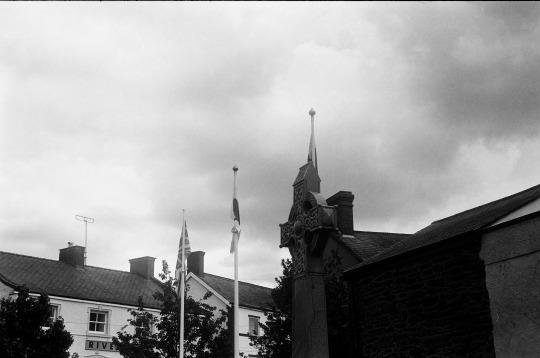

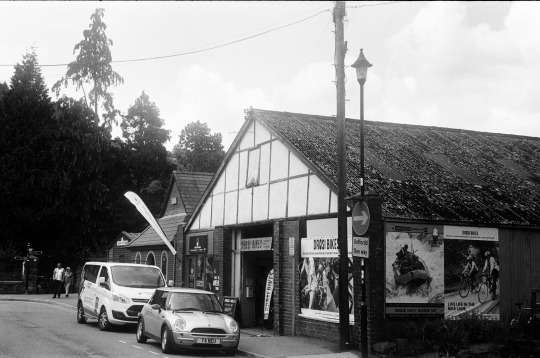




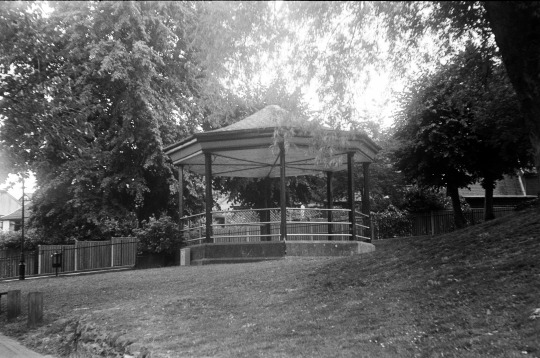


#liverpool#liverpoollomo#lomo#lomography#analogue photography#zorki 4#rangefinder#russian camera#ilford ortho plus#orthochromatic film#80 iso#black and white film#35mm film#Llangollen#north wales#Denbighshire#river dee#cymru#film is not dead#don't think just shoot
3 notes
·
View notes
Text

#north wales#loggerheads#loggerheads country park#denbighshire#beautiful#cows#nature#summer#walks#home#adventure#travel#travel blog#travel photography#explore#wanderlust#traveling
3 notes
·
View notes
Text
Early Medieval, Roman Structures Found Close to England-Wales Border at UK’s Wrexham
Archaeologists are excavating the Early Middle Ages and Roman settlement site at Wrexham, Wales, close to the border with England, in the UK. Photo: University of Chester / Newsweek
An “extremely rare” discovery of structures from the early medieval period and remnants of a Roman settlement has been made in Wrexham, a city and county in northeast Wales, close to the Anglo-Welsh border.
This…
#Ancient Rome#Britain#Britannia#Denbighshire#Early Middle Ages#England#England-Wales border#Great Britain#Holt#legionary#medieval#Middle Ages#Roman Empire#Roman settlement#UK#Wales#Wrexham
0 notes
Text

A5, Corwen, Denbighshire, United Kingdom
Humphrey Muleba
1 note
·
View note
Text

Llangollen, January 2022
#Llangollen#Denbighshire#North Wales#Wales#UK#Bowling Green#Bowling#Club#Pitch#Digital#Sony#RX100#photographersontumblr#Places
0 notes
Text
Rhyl Air Show ‘taking a break’ as Red Arrows announce international tour to celebrate their 60 year season anniversary
The award winning Rhyl Air Show is taking a break this year, following the announcement of the Red Arrows 60th season anniversary international tour this Summer.
The Red Arrows have been an integral part of the show line up in past years and the decision has been taken not to run the show in 2024 without them.
This news follows various other air shows across the UK deciding not to run their…

View On WordPress
0 notes
Text
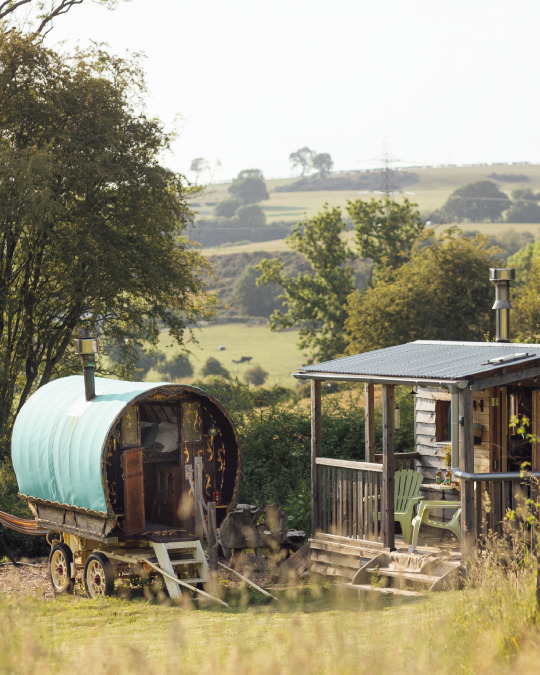
0 notes
Text
Wasp control in Denbighshire
If you have a problem with wasps? if so we can help. We are a professional pest control company providing highly efficient wasp control in Denbighshire and the rest of North Wales. We can eliminate wasps and wasp nests quickly and efficiently providing a totally reliable service. If you need wasp control in Denbighshire please view the rest of this site for details.
0 notes
Text
Eisteddfod Chairs: Pick Your Winner!
It's almost June! Nearly time to reveal the 2023 Chair! So come, gather round Tumblrs, let me tell you of the furniture-based customs of my people
So Wales has been celebrating Eisteddfodau (festivals of poetry, music, and disco dancing), in some form or another, since at least the 1100s, when Lord Rhys of Dinefwr had one all formal-like and made it into a big fun party and that. The word basically means 'sitting place', and probably refers to the way people in summer would gather round the twmpath in the village to listen to bards that passed through and drink mead and shout 'hurrah!' a lot. Amazingly, this is not where the Chair Thing comes from.
Part of Welsh history is the Bardic Age, and it was custom for bards to travel the country and visit the courts of assorted gentry types (also normal people's houses and taverns and twmpaths but let's stay on topic) and play for them. If the lord paid well, great; if not, the bard would write a Super Mean Song about them and sing it everywhere, so they were pretty well treated.
But if they were particularly good, rather than making them play for the WHOLE meal, the lord would offer them a chair at the table to join in the feast as a guest, rather than a worker, and THAT is where the Chair Thing comes from.
Anyway that's preamble to say that every year in the biggest Eisteddfod of all - the Eisteddfod Genedlaethol - the highest honour awarded goes to the Prifardd - the bard who writes the winning cywydd (super complex Welsh poetry WE DON'T HAVE TIME TO EXPLAIN ALL OF THIS). And the prize for writing the winning cywydd is that you are awarded, you guessed it, the Chair.
Now these Chairs (capital C, please, we like a bit of Fantasy Novel Capitalisation and for this cultural reason I will never understand people who complain about it) are unique. They are thrones. They are carved each year by one chosen carpenter, who crafts a one-of-a-kind Chair with symbolism and that, never to be replicated. They usually have the year carved on, but otherwise, they vary wildly in aesthetic and symbolism. In a No Award year (because Eisteddfod judges don't subscribe to the Western idea that there HAS to be a first, second and third place; if no one is good enough there is no award, and I have seen choir competitions for seven year olds where there was no first or third place but there were two choirs in joint second), the Chair is sent back to the carpenter who carved it, and they get to keep it. In a year where the bard died before the ceremony, it is draped in black, and given to next of kin.
(That has only happened once. RIP Hedd Wyn, 1887-1917. Also the only reproduced Chair; the original, known as the Gadair Ddu (the Black Chair) is on display in his family home, but a 3D printed replica has been made for display by Amgueddfa Cymru)
BUT THEREFORE a big part of Eisteddfod fun is seeing what the Chair will look like this year. Traditional ones, see, we tend to think look like variants of this:

(Apologies for the substandard attempts at alt-text; I have no clue how to describe these properly)
This one is from 1896. The phrase "Y gwir yn erbyn y byd" means "The truth against the world", and was included in a lot of old ones. Modern ones tend to incorporate the druidic symbol for awen ("poetic inspriation") instead. Some of these incidentally turn up in lil' chapels and that about the country.
But actually even the old ones were mad different, look; clockwise from top left, these are y Gadair Ddu (1917), 1876, 1926 (when the carpenter was Chinese and enjoyed the cultural fusion), and 1908.




Still the same theme, though, but in the modern day the carpenters are all off the shits! They're all over the place! Fuck the rules! And I have Opinions.
Category: I See What You Did There
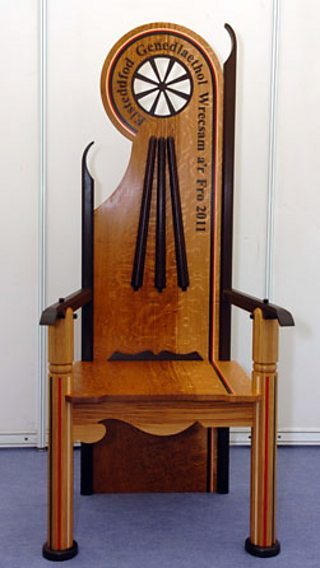

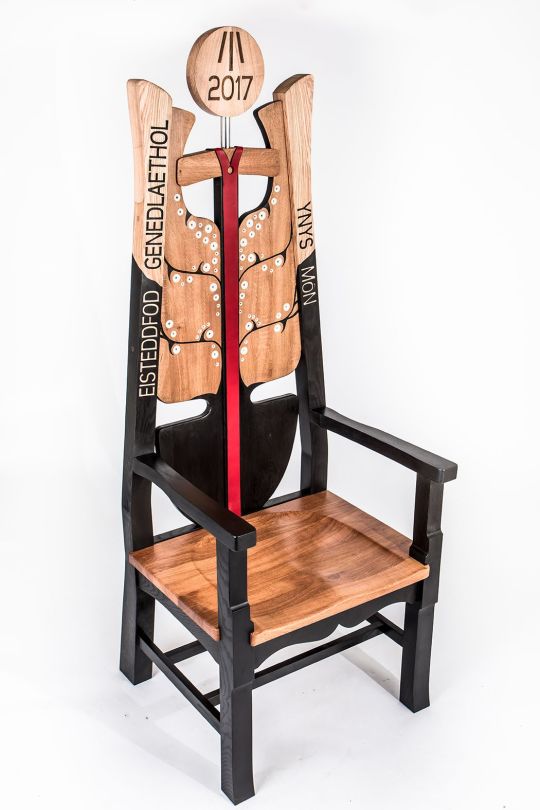
SYMBOLISM!!! 2011 is a pit wheel from Wrexham's mining past! 2013 is the head of a harp, from Denbighshire's cultural harp-making past! 2017 is fish, from Anglesey's maritime present! Fantastic. Love it.
Best in category: 2017. Why does Anglesey's have so many eyes on the fish? We don't know. Wylfa B protestors reportedly furious.
Category: The Modern Throne

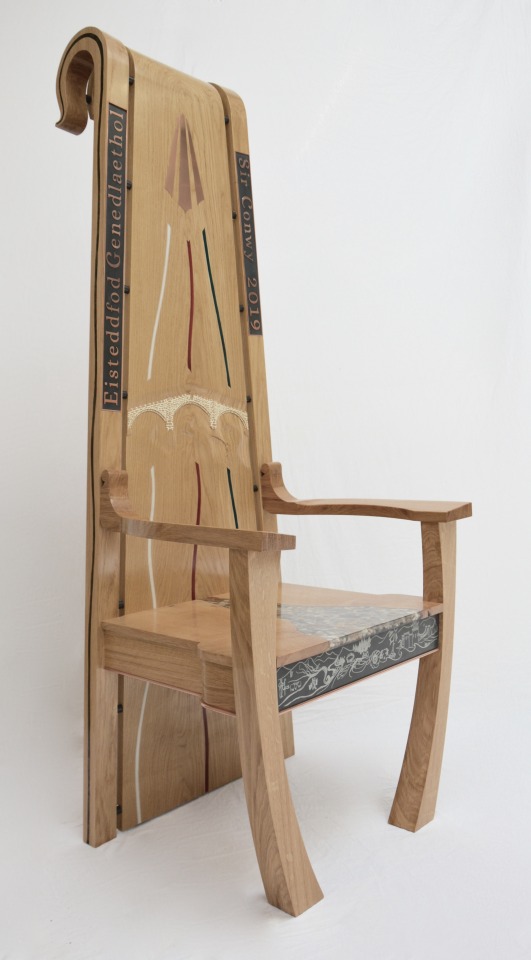
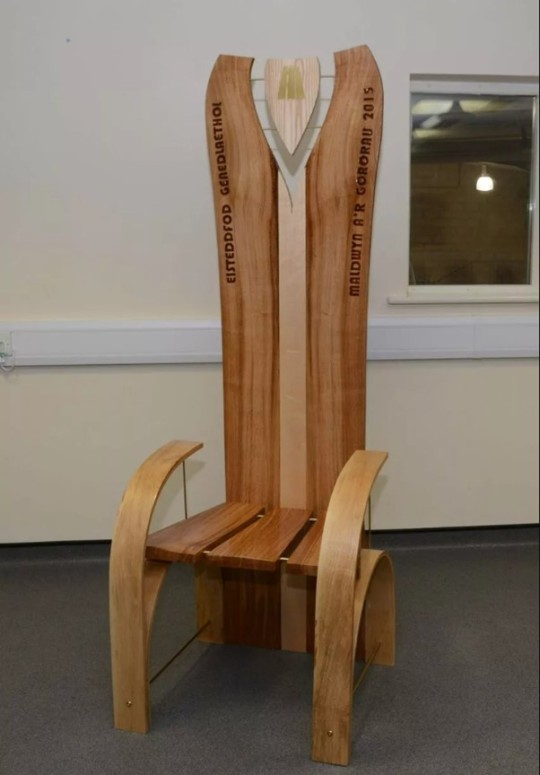
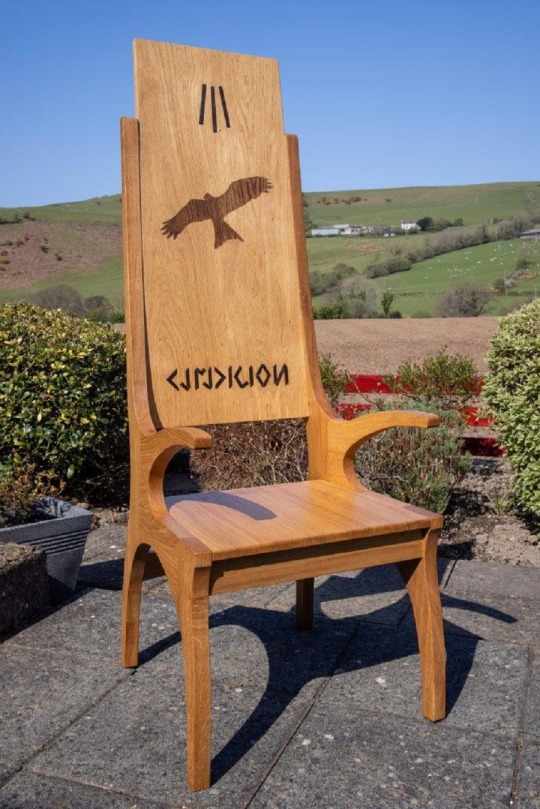
TALL!!! That silhouette! That height!! They have the range, darling! Christ knows 2016 doesn't have anything else going for it! Shout out to the Conwy river on 2019, the different woods from the forests of Maldwyn for 2015, and the red kite symbolism for Ceredigion in 2022 (the spiritual home of the bird, where the species was first saved).
Best in category: 2019, Conwy. I like the bridge and the river lines and the water effect on the front of the seat it's just so pretty.
Category: That's Just A Chair



(I am actually friends with the Prifardd who won 2018 at the bottom there :D )
WHAT ARE RULES WE JUST WANT FUNCTIONAL CHAIRS. Man even so 2014 was fucking ugly. You could have 2018 in your house. Around your table, like. Even 2012 has a sort of IKEA vibe that's boring but palatable. 2014 is only coming in the house under sufferance.
Best in Category: 2018, easy, and not just because it's the one I'm most likely to get to sit in one day. It's pretty.
Category: NO GODS NO CHAIRS NO MASTERS


WHAT
WHAT THE FUCK HAPPENED IN 2010
BRO I DO NOT THINK YOU TRIED
Best in Category: OBVIOUSLY 2021 I COULD PHYSICALLY MAKE 2010 MYSELF
1K notes
·
View notes
Text
So I made Pride versions of the flags of the 13 Historic Counties of Wales:

This is the map of Wales with each county flag edited with pride colours! The palette I used was the final Gilbert Baker pride flag which he created before he died. Just for fun and these are free to use with credit.
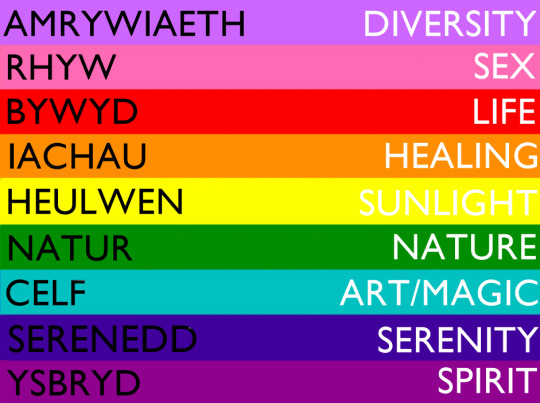
(Note: several flags are proposed flags, since some counties have not registered official flags yet)
Column 1: Glamorganshire, Cardiganshire, Merionethshire, Montgomeryshire
Column 2: Monmouthshire, Caernarfonshire, Pembrokeshire, Carmarthenshire, Radnorshire
Column 3: Ynys Môn, Flintshire, Brecknockshire, Denbighshire

#eyestrain#lukes originals#bright colours#bright colors#cymraeg#welsh#cwiar#cymru#gilbert baker flag#gilbert baker#lavender stripe#flag edit#county flags#flags of Wales#Wales
330 notes
·
View notes
Text
DON'T CALL ME MABON
WHY MABON IS AN INAPPROPRIATE NAME FOR THE AUTUMN EQUINOX
by Anna Franklin
The name ‘Mabon’ as a term for the neopagan festival of the autumn equinox (along with the Saxon term ‘Litha’ for the summer solstice) was introduced in 1973 by the American witch and writer Aiden Kelly (b. 1940). His blog for 21st September 2012 explains:
“Back in 1973, I was putting together a “Pagan-Craft” calendar—the first of its kind, as far as I know—listing the holidays, astrological aspects, and other stuff of interest to Pagans. It offended my aesthetic sensibilities that there seemed to be no Pagan names for the summer solstice or the fall equinox equivalent to Ostara or Beltane—so I decided to supply them… I began wondering if there had been a myth similar to that of Kore in a Celtic culture. There was nothing very similar in the Gaelic literature, but there was in the Welsh, in the Mabinogion collection, the story of Mabon ap Modron (which translates as “Son of the Mother,” just as Kore simply meant “girl”), whom Gwydion rescues from the underworld, much as Theseus rescued Helen. That’s why I picked “Mabon” as a name for the holiday…” bd
Curiously, his own tradition, the New Reformed Orthodox Order of the Golden Dawn, did not follow him in this and instead called the autumn equinox ‘Rites of Eleusis’. However, the term took off and was used in many American books, and by extension, the readers of those books in the UK and elsewhere.
The association of the god Mabon with the festival is certainly not an ancient or traditional despite the claims in various books and websites where you might read ‘the Celts celebrated the god Mabon on this date’.
In order to see why the name of Mabon for the autumn equinox is an inappropriate one we need to examine the tales of Mabon.
The Celtic God Maponius
There is certainly a Celtic god whose title was Latinized as Maponus, which is not an actual name but means something like ‘divine son’. He is known from a number of inscriptions in northern Britain and Gaul in which he is addressed as ‘Apollo Maponus’ identifying him with the Graeco-Roman sun-god Apollo. Like Apollo, all the evidence suggests that he was a god of the sun, music and hunting – significantly, he was not a god of the harvest or of the corn.
It is not known whether he was widely worshipped before the coming of the Romans, but with them his cult spread along Hadrian’s Wall amongst the Roman soldiers stationed there. Several stone heads found at the Wall are identified as representing Maponus.
He was also known in Gaul where he was invoked with a Latin inscription at Bourbonne-les-Bains, and on a lead cursing tablet discovered at Chamalières, Puy-de-Dôme where he is invoked along with Lugus (Lugh) to quicken underworld spirits to right a wrong.
It is possible that there are some place names associated with him, such as Ruabon in Denbighshire, which may or may not be a corruption of Rhiw Fabon, meaning ‘Hillside of Mabon’. be During the seventh century an unknown monk at the Monastery at Ravenna in Italy compiled what came to be called The Ravenna Cosmography, which was a list of all the towns and road-stations throughout the Roman Empire. It lists a Locus Maponi (‘place of Maponus’) which has been tentatively identified with the Lochmaben stone site.
It is possible that Mabon’s Irish equivalent is the god Aengus, also known as the Mac Óg (‘young son’).
Literary Sources
A character called Mabon is found as a minor character in the Mabinogion, a collection of eleven – sometimes twelve – Welsh prose tales from the Middle Ages. He is called Mabon ap Modron, meaning ‘son of the mother’, which has led to speculation that his mother Modron (‘mother’) may be cognate with the Gaulish mother goddess Matrona. There are no inscriptions dedicated to her from ancient times, so this cannot be verified. Whether or not the Mabinogion tale of the hero Mabon stems from a thousand year old story of the god Maponus is uncertain, but since the stories contain the names of other known Celtic gods (transliterated into heroes) it is certainly possible.
The Mabinogion is a collection of medieval Welsh stories which would have been recorded by Christian monks. They don’t seem to have been very widely known until they were translated into English in 1849 by Lady Charlotte Guest, who invented the title Mabinogion since each of the four branches ends with the words “so ends this Branch of the Mabinogi”. In Welsh, mab means ‘son’ or ‘boy’ or ‘youth’, so she concluded that mabinogi meant ‘a story for children’ and (erroneously) that mabinogion was its plural. Another possibility is that it comes from the proposed Welsh mabinog meaning something like ‘bardic student’.
The stories now included in the Mabinogion are found in two manuscripts, the older White Book of Rhydderch (c.1300–1325) and the later Red Book of Hergest (c.1375–1425) and Lady Charlotte Guest used only the latter as her source, though later translations have drawn on both books.
The first four tales, called The Four Branches of the Mabinogi, are divided into Pwyll, Branwen, Manawydan and Math and each of these includes the character Pryderi. The Mabinogion scholar W.G.Gruffydd suggested that the four branches of the collection represent the birth, exploits, imprisonment and death of Pryderi.
Mabon is mentioned in the Mabinogion story of The Dream of Rhonabwy in which he is described as one of the King’s chief advisors and fights alongside him at the Battle of Badon. His biggest role comes in the story of Culhwch and Olwen (originally from White Book of Rhydderch). In it is the only known reference to Olwen, and Mabon is still a very minor character in the story. One task of the heroes is to search for Mabon ap Modron, who was imprisoned in a watery Gloucester dungeon. Arthur’s cousin Mabon had been taken from his mother Modron when he was only three nights old, and no one knew whether he was alive or dead. After asking the oldest animals, they were finally directed to the oldest creature of all: the great Salmon of Llyn Llyw. The salmon recalled hearing of Mabon, and told them that as he swam daily by the wall of Caer Loyw, he heard a constant lamentation. The salmon took Cei and Gwrhyr upon his back to the castle, and they heard Mabon’s cries bewailing his fate. Mabon could not be ransomed, so seeing that force was the only answer, the knights fetched Arthur and his war band to attack the castle. Riding on the salmon’s back, Cai broke through the wall and collected Mabon, both fleeing on the back of the salmon.
Let us suppose for a moment that the god Maponus and the literary hero Mabon are one and the same. We must remember that all the evidence points to Maponus being the young sun god, his youth meaning that he would represent the morning sun or the sun newly reborn after the winter solstice. His theft from his mother after three days would make sense in this light – the three days being the three days the sun stands still at the winter solstice. The imprisonment of the young god underground equates to the sun in the underworld before he is ‘released’ to begin his reign as the new sun. In Culhwch and Olwen, Mabon is said to be imprisoned inside a tower in Gloucester, from which he is freed by Cei and Bedwyr. The ‘missing sun’ or ‘imprisoned sun’ is a premise found in the solar myths of many cultures to explain the night or the shorter days of winter, especially those around the three days of the winter solstice. Such tales often include themes of captivity or the theft of the sun (i.e. the god or object that represents it) and its rescue by a band of heroes, such as Jason and the Argonauts rescuing the Golden Fleece (the sun) from the dragon or the Lithuanian sun goddess Saule, was held in a tower by powerful king, rescued by the zodiac using a giant sledgehammer, or the Japanese sun goddess Amaterasu hiding in a cave.
An earlier source that mentions Mabon is the tenth century poem Pa Gur, in which Arthur recounts the great deeds of his knights in order to gain entrance to a fortress guarded by Glewlwyd Gafaelfawr. In this, Arthur describes Mabon fab Madron as one of his men and says that Mabon is a servant of Uther Pendragon. A second Mabon is mentioned, Mabon fab Mellt (‘Mabon Son of Lightning’) and this is interesting, since the sky/storm god is often the father of the sun god in myth, as Zeus is the father of Apollo.
Mabon defeats the monstrous boar, and in myth the boar is often a symbol of winter and the underworld, just as the sun after the winter solstice defeats winter. Mabon then is the divine sun-child born at the winter solstice and this is his festival – he is not the aged god of the harvest or the seed in the ground as Kore is in Greek myth. As Sorita d’Este says:
“Honour Mabon as a Wizard, a Merlin type figure, as the oldest of men and beasts, honour him as the Son of the Mother, and a hero – don’t take that away from him by ignorantly using his name as if it is a different word for Autumn Equinox. If you really believe that the Old Gods of these lands still live, that they should be honoured and respected, then do that. Don’t join the generations who tried to belittle the Gods in an effort to diminish their power.”[1]
© Anna Franklin, The Autumn Equinox, History, Lore and Celebration, Lear Books, 2012
#thevirginwitch#witchcraft#witch#witchblr#witchy#witches of tumblr#pagan#baby witch#beginner witch#wheel of the year#mabon#fall equinox#autumnal equinox#autumn equinox
52 notes
·
View notes
Text

#north wales#loggerheads#loggerheads country park#denbighshire#beautiful#views#devil's gorge#nature#gorge#summer#walks#home#adventure#travel#travel blog#travel photography#explore#wanderlust#traveling
1 note
·
View note
Video
Locomotive #5199 approaching Carrog station por Welsh Photographs
Por Flickr:
The Llangollen Railway is a volunteer-run heritage railway in Denbighshire, North Wales, which operates between Llangollen and Corwen. The standard gauge line, which is 10 miles long, runs on part of the former Ruabon – Barmouth GWR route that closed in 1965.
18 notes
·
View notes
Text

Travel back [...] a few hundred years to before the industrial revolution, and the wildlife of Britain and Ireland looks very different [...]. [B]etween 1529 and 1772 [...] [i]n the early modern period, wolves, beavers and probably some lynxes still survived in regions of Scotland and Ireland. [...] [T]he now globally extinct great auk could still be found on islands in the Outer Hebrides. [...] [A]nd pine martens and “Scottish” wildcats were also found in England and Wales. [...] [B]urbot and sturgeon in both rivers and at sea [...] [and] threatened molluscs like the freshwater pearl mussel and oyster were also far more widespread. [...] [S]everal species of wolf have gone extinct [...]. The capercaillie is [...] [t]oday [...] found only rarely in the north of Scotland, but 250-500 years ago it was recorded in the west of Ireland [...]. [B]y the end of the 18th century, sea eagles were essentially extinct across England and Wales. [...]
The Powte’s Complaint is a protest ballad probably written in 1619 to bewail the drainage of the Fens around Ely and Wisbech in Cambridgeshire.
Attributed in one manuscript to a “Peny” of Wisbech, it is written from the perspective of a burbot, a freshwater species of cod commonly found in the Fens at this time. (This fish is now nationally extinct, but may be soon be reintroduced.)
The ballad summons the “brethren of the water” – probably meaning local people as well as fish and other animals – to fight against the drainage scheme, which sought to create new pasture land:
Come, Brethren of the water, and let us all assemble,
To treat upon this matter, which makes us quake and tremble;
For we shall rue it if ’t be true that Fenns be undertaken,
And where we feed in Fen and Reed, they’ll feed both Beef and Bacon.
According to research by Todd Borlik and Clare Egan, the subject of complaint here was a plan to cut a canal through an area of common land south of Haddenham. This scheme would remove the ability of local people to catch fish, and also to transport their produce and fuel on the water. Protests against the scheme apparently culminated in a demonstration of some 2,000 people who lit bonfires, banged on drums and fired guns all night during a meeting of the Commission of Sewers in 1619.
Within the poem, the alliance of the “brethren of the water” seems to recognise the interdependence of humans and wildlife on each other, and on the environment of the Fens.
A comparable example [...] is the Welsh poem Coed Marchan (Marchan Wood), written around 1580 by Robin Clidro, a wandering poet from the Vale of Clwyd in Denbighshire, known for his humorous rhymes.
Clidro’s poem tells the story of a group of red squirrels who go to London to present a petition against the felling of Marchan Wood for charcoal. As with The Powte’s Complaint, the use of the squirrel as narrator is a conceit, and the poem is really a protest against deforestation on behalf of human interests. But again, the author re-imagines the world from the perspective of animals:
Odious and hard is the law, and painful to little squirrels. They go the whole way to London, with their cry and their matron before them. Then on her oath she said, “All Rhuthyn’s woods are ravaged; my house and barn were taken one dark night, and my store of nuts.” The squirrels all are calling for the trees; they fear the dog.
---
Image, caption, and text by: Lee Raye. “Wildlife wonders of Britain and Ireland before the industrial revolution – my research reveals all the biodiversity we’ve lost.” The Conversation. 17 July 2023. [Bold emphasis and some paragraph breaks/contractions added by me.]
56 notes
·
View notes
Text

Llantysilio, January 2022
#Llantysilio#Llangollen#Denbighshire#Wales#North Wales#UK#Suspension#Bridge#Hotel#River#Winter#Sony#RX100#Places
0 notes